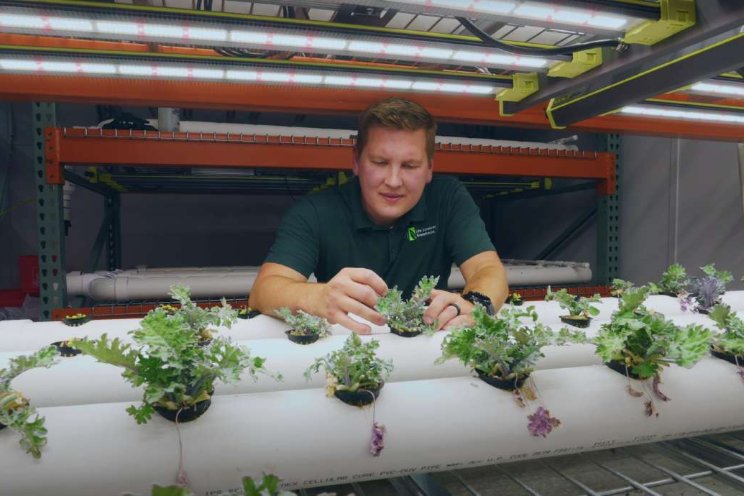Macrolophus-System to protect sweet peppers
Added on 17 March 2020

Most sweet pepper growers begin with a chemical spray programme after which they introduce predatory mites. With the imminent loss of more chemical actives, it is set to become increasingly challenging to control aphids, tobacco whitefly (Bemisia tabaci) and caterpillars.
John says: "The Macrolophus predatory bug is polyphagous, which means it eats almost everything, making it ideal for keeping a number of pests under control. In tomato crops, for example, growers are already achieving great success with this bug."
Between week 7 and 15
The right timing is important, explains John. "This predatory bug is extremely sensitive to chemical crop protection products, so it is important to take spray residues into account. Growers should not introduce Macrolophus-System too soon after the start of the growing season, or too late - as they need time to build up a population: between week 7 and week 15 is ideal."
Supplementation is a must
The use of a supplementary food source is a must for the healthy build-up of the Macrolophus-System. "We advise adding Nutrimac™ with the introduction of the bugs," says John. "Nutrimac™ consists of sterilised, protein-rich Ephestia eggs. Another option is Nutrimac™-Plus which in addition contains Artemia - brine shrimp cysts. Later in the growing season, most growers switch to 100% Artemia to ensure conditions are ideal for Macrolophus to succeed. The supplement may be applied in feeding rows by scattering or blowing."
Benefits throughout entire season
Once the Macrolophus population is well established, sweet pepper growers can reap the benefits throughout the entire season. John van Eijk says: "In the summer, we sometimes see several predatory bugs on a single flower. Whitefly, aphids, moth eggs (from caterpillars), spider mites, thrips - Macrolophus gobbles them all up making it an excellent addition to your biological pest control programme."
Source: AgNews
Photo by Paul M on Unsplash
Source: AgNews
More news















